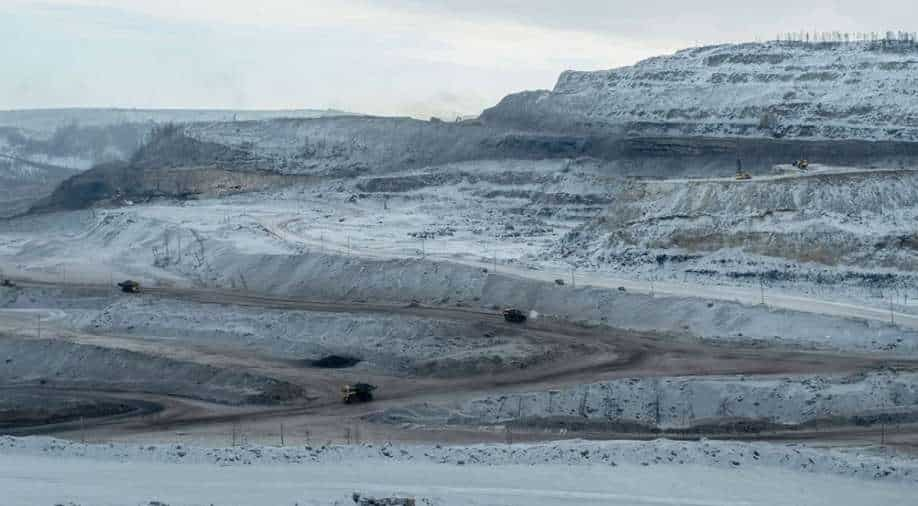
According to reports citing satellite data, the biggest methane gas leak in the world occurred at a Russian coal mine. The shocking news came as nations across the world are trying to cut emissions and keep a check on climate change.
Largest ever’ methane leak

As per reports, the biggest methane gas leak in history occurred at the Raspadskaya mine in Kemerovo Oblast. It is the largest coal mine in Russia.
The leak is enough to run about five coal-fired power stations. This amount of gas would have been enough to power 2.4 million homes for a year. In January, around 90 tonnes of methane gas was released per hour from the Raspadskaya mine. The leak was first traced by GHGSat data in January. GHGSat is a commercial satellite monitoring company based in Canada.
According to them, this is the biggest leak from a single source. It is over 50 percent bigger than the ones before. “Around 13 distinct methane plumes were measured from the mine. They had ranged in size from 658 to 17,994 kg per hour,” stated GHGSat. “We are seeing an increase in methane from this site generally, which could be the result of increased coal production, linked to global trends in coal use,” said Brody Wight. Wight is the director of energy, landfill, and mines at the monitoring firm.
Why is this increasing the climate change crisis?
Currently, the mine is leaking gas at a low rate. However, it first started about six months before the survey in January. Urgent action is crucial. “It’s critical to set up a comprehensive satellite monitoring system for methane. We also need to deploy a system of incentives and sanctions that can remedy these emissions, focusing first on the super emitters,” stated Durwood Zaelke. Zaelke is the president of the Institute for Governance based in Washington.
Methane is 80 percent more powerful greenhouse gas than carbon dioxide. Earlier this year, the International Energy Agency warned that most nations are underreporting methane emissions. Moreover, recent studies show that cutting methane is one of the fastest methods of holding down the rising temperature. Additionally, sharp cuts can also prevent a 0.25C rise by 2050.
